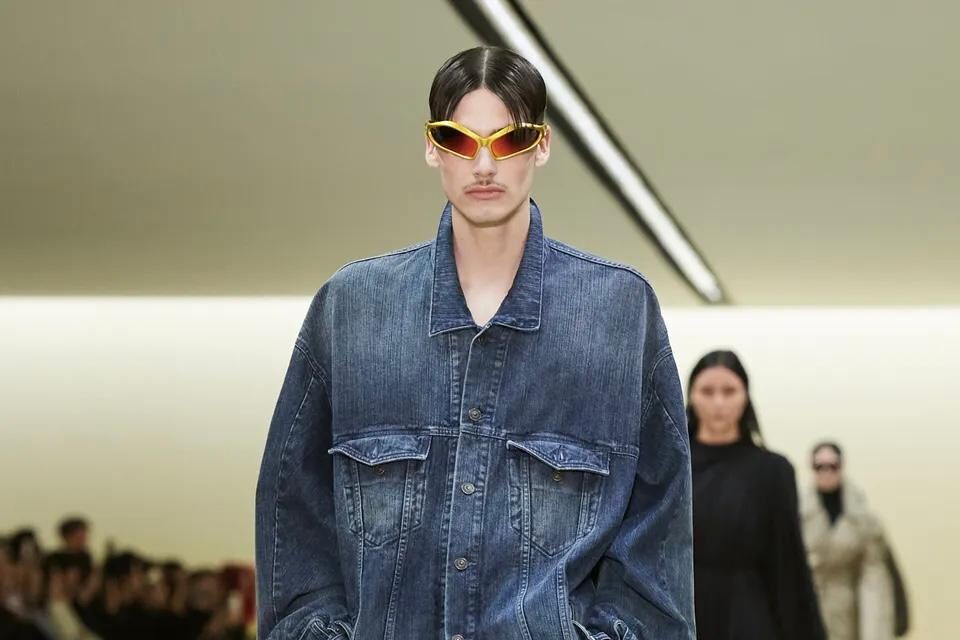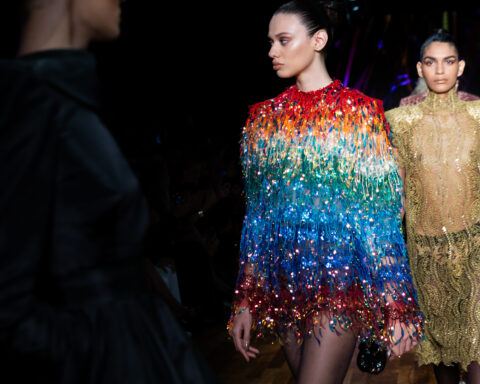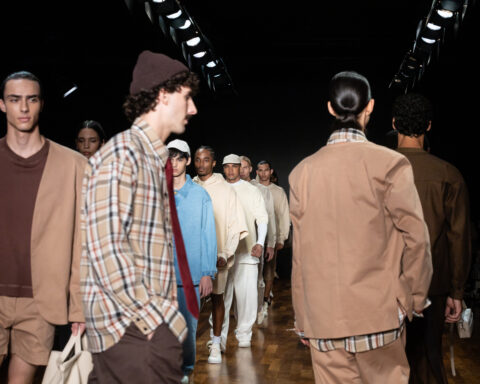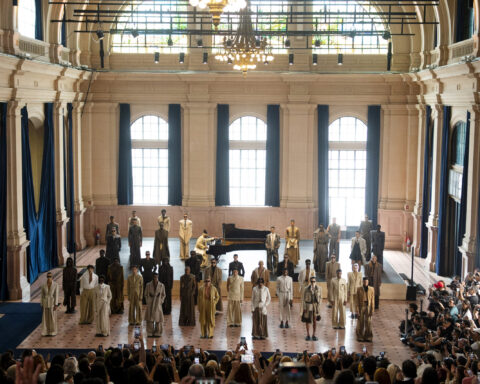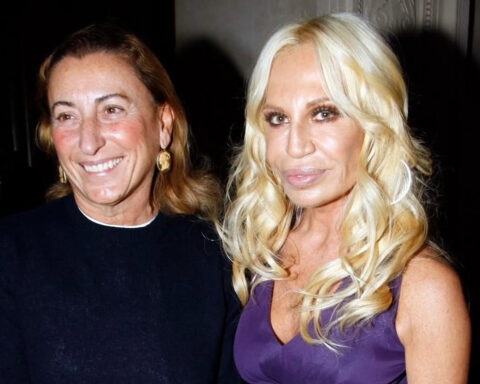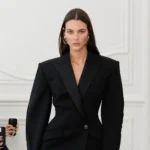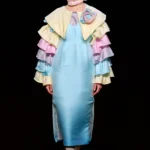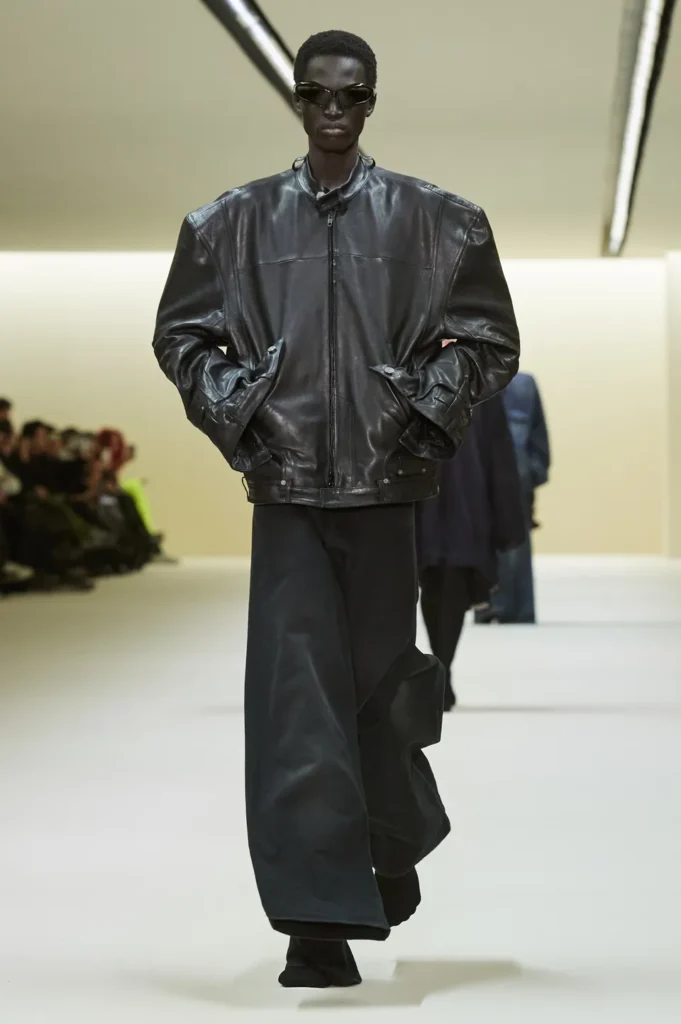
With the widespread crisis that engulfed the brand in the latter part of last year, all eyes were on the Balenciaga Fall Winter 23 presentation on Sunday to see what Demna’s redemptive story would entail. The anticipation was understandably high because it was Balenciaga’s first chance to demonstrate how the incident may have changed Demna’s approach to things as the ultimate author of subtexts and irony on a catwalk. The Balenciaga presentation this season is a kind of crisis management. It was the house’s first presentation following the social media outcry it’s Gift Shop and spring 2023 campaigns generated and its inadequate response to the uproar, which it atoned for with apologies and cooperation with the National Children’s Alliance.
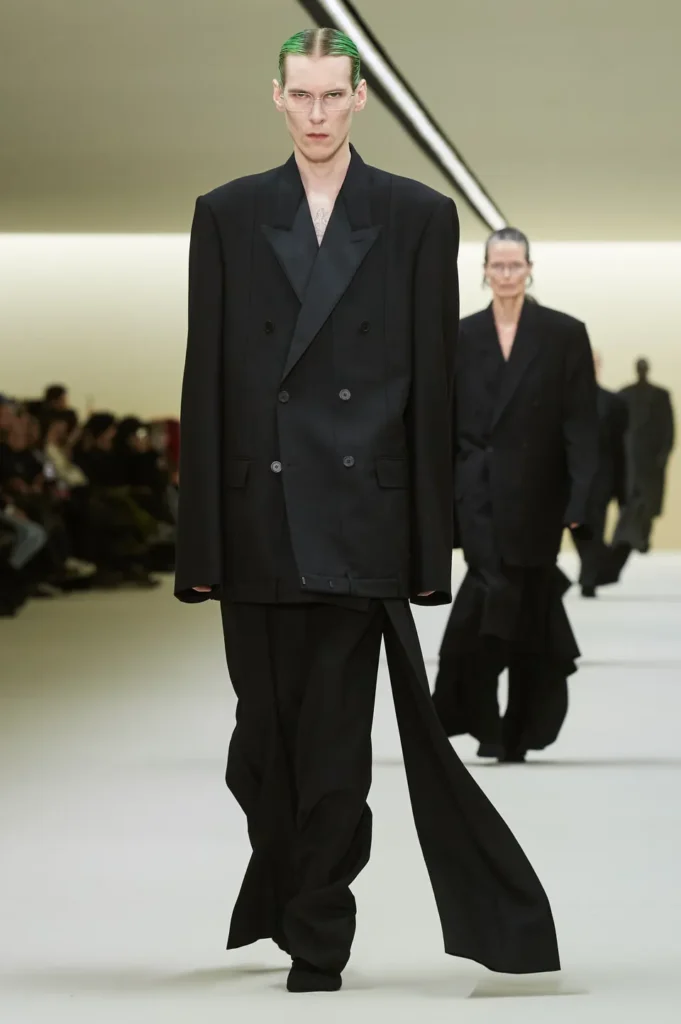
On his first show following the crisis, Demna used reduction as his preferred tool. It was reduced to its essentials and shown in a white box inside the Carrousel du Louvre: the creation of clothes that characterizes his line of work and the rules that represent his aesthetic. This year’s show exuded humility from when the venue’s starkness was revealed until the final piece of clothing that walked the catwalk. No Lays chips or trash bags.
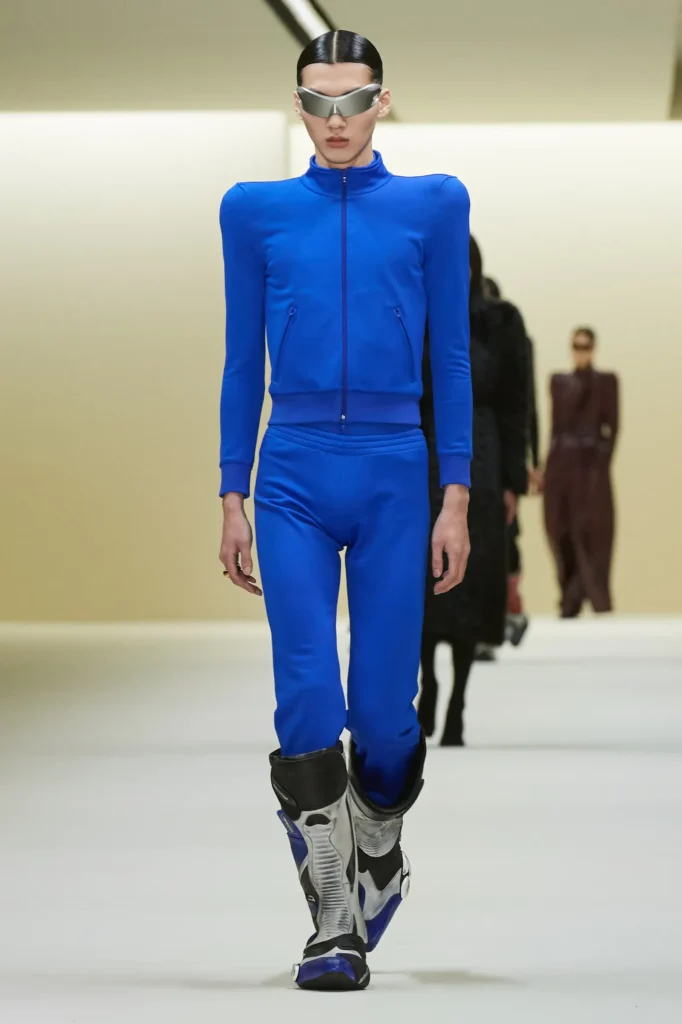
For days, no opportunities were grabbed to dominate the news cycle. He declared, “I will approach whatever I share as an idea or a picture with a more mature and serious perspective.”I’ve decided to return to my roots in fashion and to the roots of Balenciaga, which are producing high-quality clothing rather than creating an impression or a buzz.” He also promises a fresh start with this collection, one that is flawlessly presented.
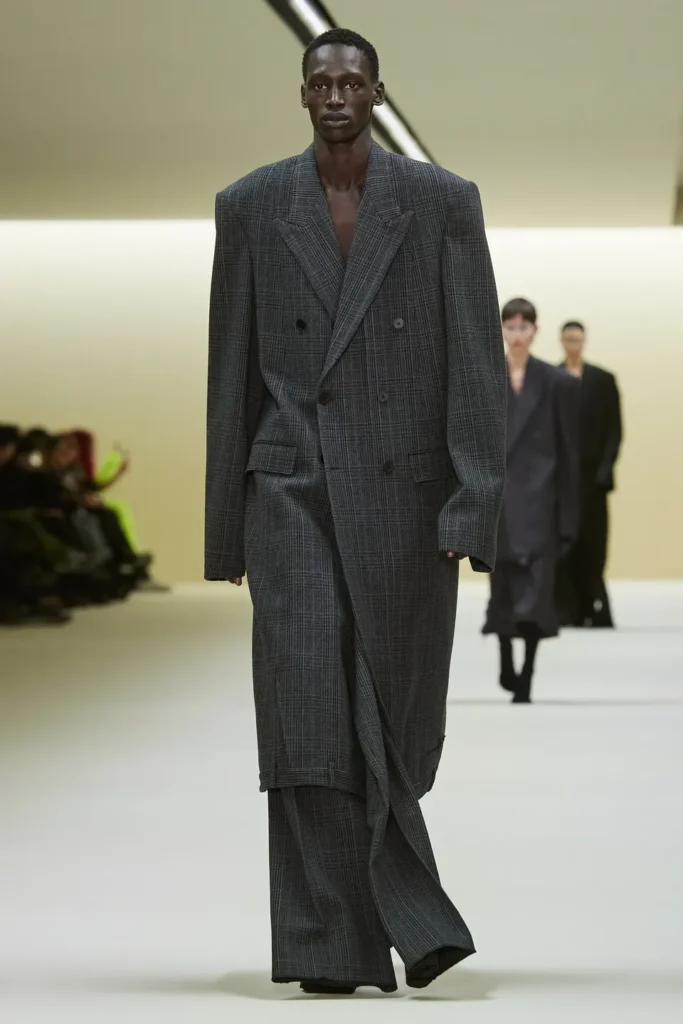
A reset was evident when the first few look—all-black fitted clothing with an upside-down twist—came out. The clothes were gorgeous and beautifully made, just as Demna had promised. Despite the beautiful draping, tight bodysuits, fishnet stocking boots, and high shoulders, nothing screamed for attention. Instead, the focus was on elegant clothing everyone would like to wear. The brand’s heritage was apparent in the clothing; it has been a brand for over a century, founded on flowy tunic dresses, squared-off tailoring, and the color black. The first few departures, where a string of double-breasted black and grey coats and jackets emerged onto a primary, cream-carpeted runway, made this the clearest. There were a total of 17 styles that had long, angular lines and broad shoulders that came after this silhouette. It wasn’t all that dissimilar from the opening of many of Demna’s shows. The modification was in the hems, where pockets and pant loops were positioned directly above an additional pair of pants tied to the hips, spurred on by Demna’s declaration that he would go back to only creating quality apparel.
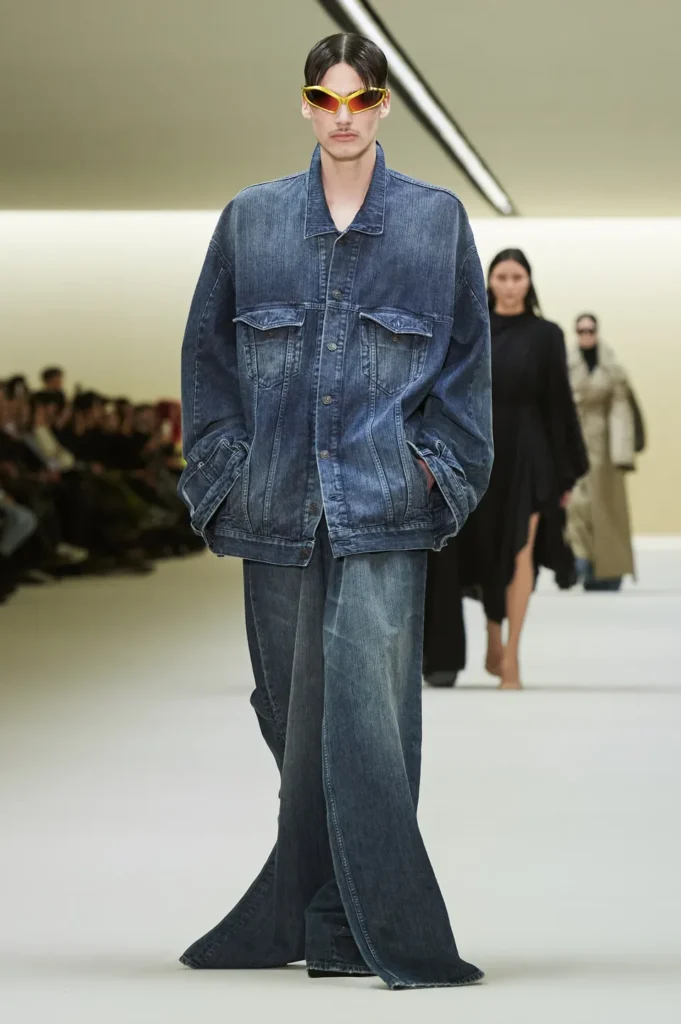
The show was broken up into chapters, starting with the pants, moving on to exploring biker clothes, and then fetish floral print dresses pleated and with built-up, rounded shoulders that were repeated for evening gowns, soon followed by the final look, which was carpeted in wispy black feathers and belted with a bow
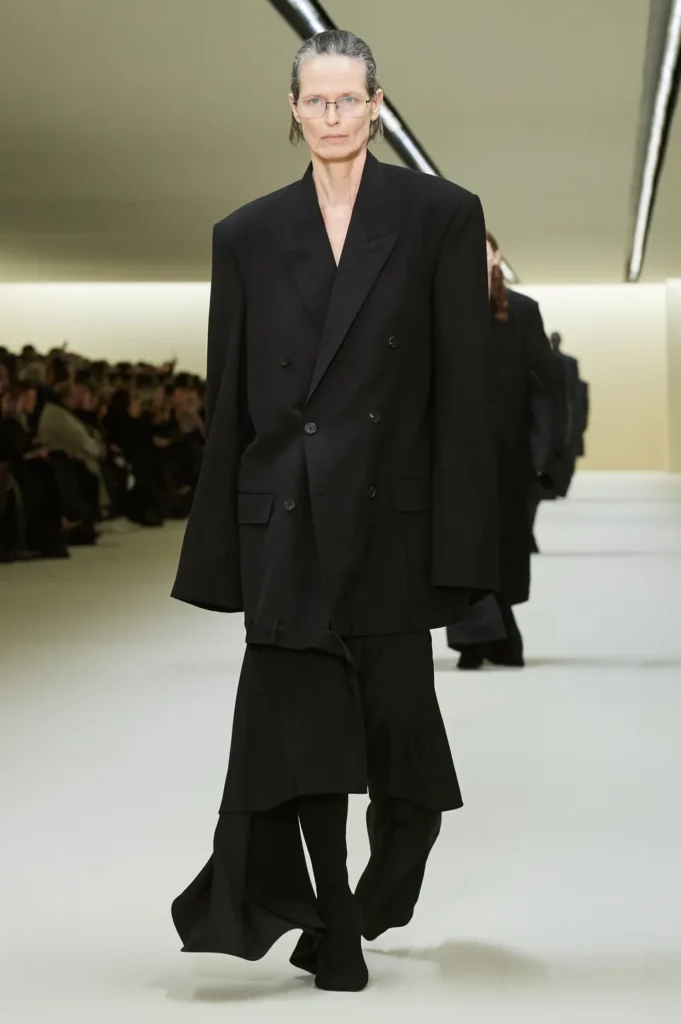
Demna has always been able to distinguish himself, yet there was a substantial deviation this time. A company that might be credited with reviving logomania now refuses to use any logos, “I believe we’re about to reach the point in my career where the logo on the clothes won’t have to be supported, “The most blatant gestures to him having taken a good, hard look at how he is understood and the methods he wants to communicate the brand moving ahead seemed to be this, plus the clear lack of celebrity presence that has traditionally surrounded the brand’s presentations in the past.
